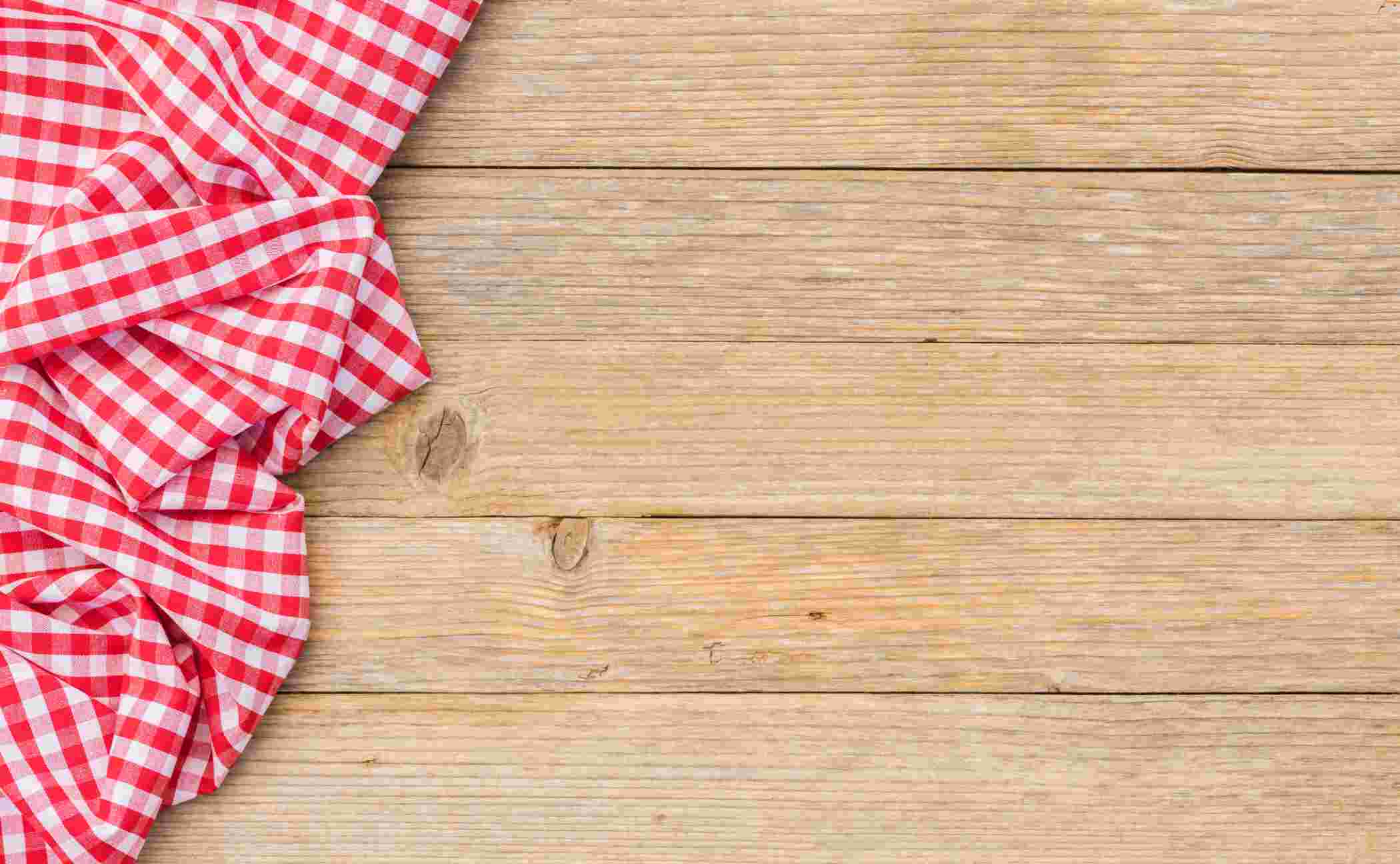5 Things To Consider Before Choosing Fabric

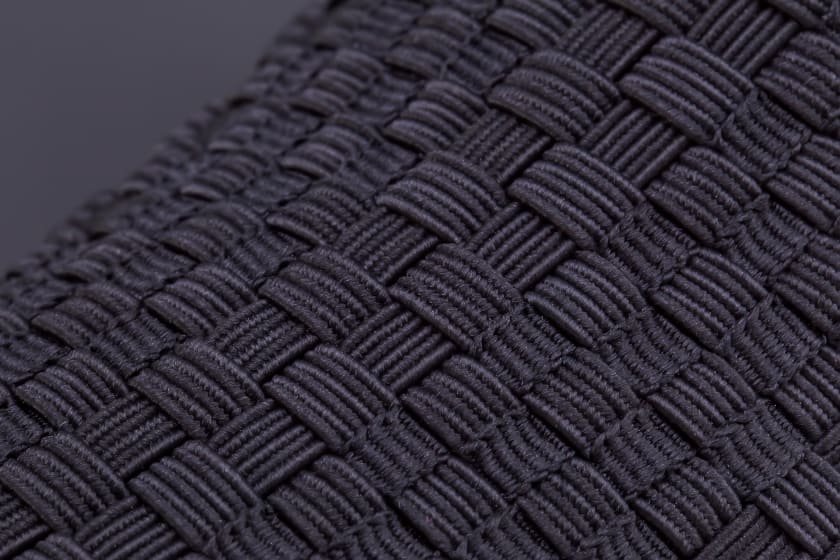

Choosing the fabric might sound easy, but it can be quite intimidating due to outnumbering choices. The first thing that engages your mind while choosing any fabric is, of course, the color and pattern. However, it is just one parameter out of several when it comes to the right selection. When talking about the right fabric choice, it considers so many things such as its quality, price, durability, etc.
A proper selection of fabric is the secret to your satisfaction, as well as the customer's. Therefore, you have to follow a proper fabric check before making a final purchase.
Through this post, we will help you know some buying factors for the fabrics based on the characteristics and attention to detail to make the most appropriate choice.
Before, we dig deeper into the details for the perfect fabric selection. It is important to know about the journey of fiber to fabric.
What is Fiber?
Fibers are long, thin, and flexible structures similar to threads, made from either natural or artificial substances known for producing yarns. The yarns are combined to make a variety of fabrics, which are classified into two types, depending on their source of origin. Fibers are divided into natural and synthetic. Examples of natural fabrics include cotton, wool, silk, etc., retrieved from animals and plants. On the other side, synthetic fabrics include polyester, nylon, rayon, etc., which are produced from the repeating units of polymers. Synthetic fibers are produced in the lab using chemical processes with raw materials like petrochemicals.
-Natural fibers
Natural fibers are obtained from plants and animals, which are spun into long thread-like rope. When they are knitted or woven, they are turned into natural fabrics that feel soft and comfortable on the skin.
Plant-based fibers:
-Cotton
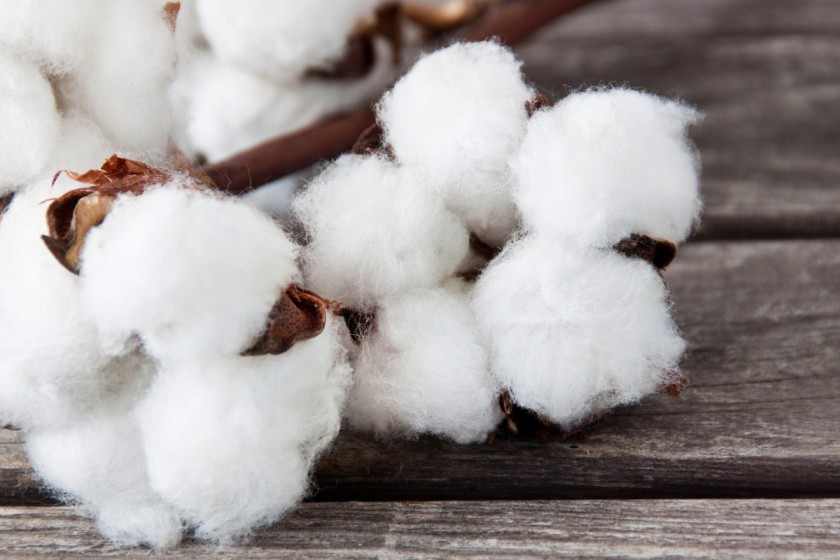
Cotton fibers are based on cellulose, which is harvested and handpicked from cotton plants.
A cotton fiber completes the journey of ginning, spinning, and weaving before tuning into a fabric.
-Jute
Jute fiber is another example of a plant-based product that is obtained from the jute plant stem. This fiber is widely used in making carpets, bags, and other handloom items. The journey of jute fiber starts with retting and stripping, and ends with spinning and weaving or matting.
Animal-based fibers:
-Wool
Wool is obtained from the fleece of animals like yak, sheep, goats, and camels. A woolen fabric goes through the process of shearing, scouring, sorting, cleaning, dyeing, and rolling before becoming a fabric.
-Silk
Silk is counted as a soft, delicate, and expensive fiber that is obtained from silkworms. The silkworms are reared to produce sericulture, which involves stages like silkworm, pupa, and adult moth. The process of conversion of silk fiber into silk fabric involves reeling, dyeing, spinning, and weaving.
-Synthetic fibers
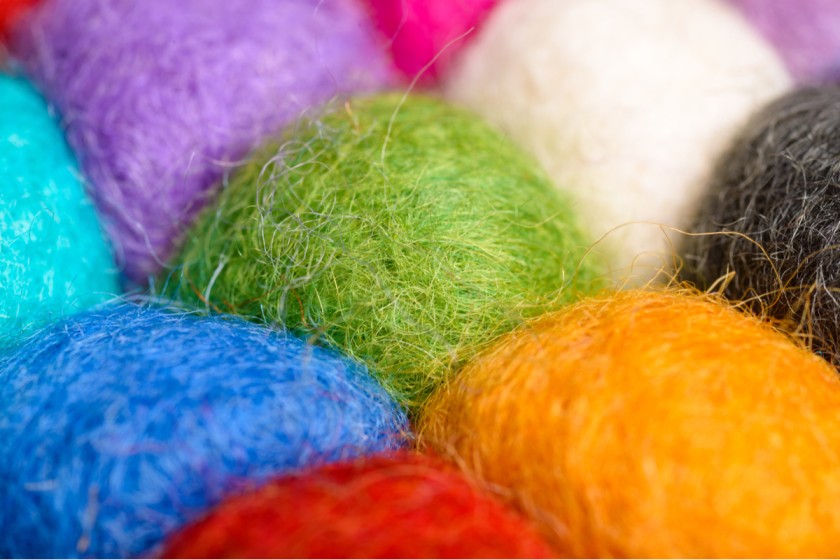
Man-made fibers are called synthetic fibers. They are produced due to the networking of monomers that form polymers due to polymerization. Various chemicals are used in obtaining synthetic fibers, which are then woven into fabrics.
Examples of synthetic fibers are:
-Nylon
A fiber that is made from chemical compounds like hexamethylenediamine as monomers and adipic acid. Since nylon is strong and lustrous, it is used for making carpets, ropes, clothing material, etc., usually of high durability and strength.
-Acrylic
Acrylic is known as the cheaper version of woolen fiber, which is made from Polyacrylonitrile. It is used for producing blankets and sweaters.
-Rayon
Rayon is a semi-synthetic fiber made from cellulose derived from wood pulp. Rayon is called artificial silk, which is used for making curtains, blankets, clothes, etc.
-Polyester
Synthetic is made following a polymerization technique. It is a synthetic polymer that is combined with natural fibers such as wool and cotton to make poly-cot and poly-wool fabrics.
So, now that you are familiar with the different types of fibers and the journey of fiber to fabric. It's now time to have a look at the different elements that will help you choose the best fabric.
Five things to keep in mind when choosing a fabric:
-Characteristics
First thing's first, ask yourself what you're expecting from your sewing project. Do you want to make a sturdy bag or stitch a flowy dress? Choosing the fabric based on what you want to make is vital to get the expected results. So, go ahead and rub the fabric through your hands and then hold it against the light. If you feel that the fabric flows easily and sees through the light, it fulfills your flowing and breathable dress criteria. Besides, you must also consider whether the fabric is crease-free, blemish-free, or not, especially when it comes to dying, printing, and so on.
The fabric you are willing to buy should be a good fit based on your needs because, as a designer, you won't want to be embarrassed by offering something wrong to the client. Also, different fabrics make different choices as per the season. For winters, polyester works. In contrast, natural fabrics such as cotton are breathable, making them suitable for summers.
Besides, fabric grain is another characteristic that defines the quality of fabric. If there is wrong grain on the fabric, the fabric will not hang as desired on the outfit. So, as soon as you realize that the fabric grain is not meeting your needs, avoid purchasing the fabric to prevent unwanted circumstances.
-Design and Pattern
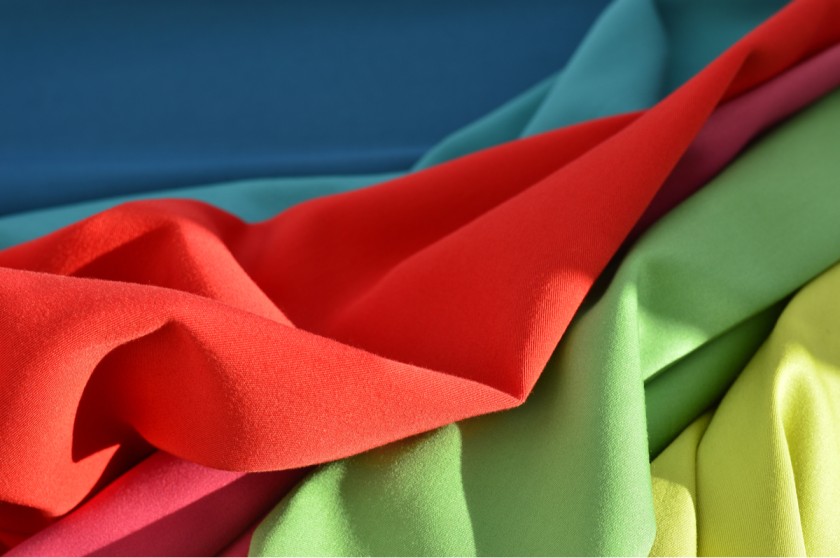
You might have got your eyes on the prettiest fabric to make an outfit. However, is it worth investing in that fabric? Well, you can figure this out by judging the fabric's pattern. For beginners, it is considered that plain fabrics are the safest to work with when it comes to designing an outfit. But, if you risk opting for stripes and lines, it can be challenging as you need to match up and balance so many things. If your stitching goes a little offbeat, certain patterns will be destroyed due to asymmetry, and then you can imagine what outcome they will bring.
Patterns can even be challenging with some styles, especially when they have large designs, as there is a risk of getting chopped out too much and looking distorted. Plus, the smaller designs can seem too chaotic, while some can be too busy to work with. But, if you have fallen for any particularly challenging design, it is suggested not to cut it unless you are sure that it will be a right fit.
-Color
Color is yet another vital parameter that comes into the picture while choosing a fabric. It is essential that you opt for the colors according to your skin tone so that it's complementing. When you go for tones matching your skin, the beauty of the outfit multiplies while adding confidence to your appeal. Now, if you wish to buy fabric for a wedding, ensure that the color you choose fits the wedding theme. It is recommended to buy fabric in the daytime so that you can get a clear idea about the color, work, and finishing. When you choose a fabric in artificial or yellow light, it can distort the original color theme, and that is why it is better to choose it in broad daylight. Also, you should know that once the fabric is cut from the bolt, it cannot be returned even if you've realized that you chose the wrong color due to artificial or lack of proper lighting. In such a case, you will either have to compromise with the same color of the fabric or spend more from your pocket to purchase fabric with a desirable color theme.
When talking of colors, color fastness is another thing that should not be missed. So, when choosing the fabric, make sure there are no streaks or spots. It is suggested to closely observe the fabric and note whether there are uneven dying or patches. Suppose there is fading on the folds and lines, opt-out of the fabric. It makes sense not to buy fabric if there are uneven spots and patches, as it is an indication that its color will fade off post washing. If you want to test the same, then you can use a damp cotton ball or white hankey to rub over a small part of the fabric. If the color transfers to the handkerchief or cotton ball, it implies that the fabric lacks quality.
-Enhancements
Enhancements refer to the process of improving the overall look and properties of the fabric. For instance, you can expose the cotton fabric to the sodium hydroxide solution to add more to its shine, elasticity, and durability. Enhancements are done on the topmost layer of the fabric to alter its feel and look. The fabric can be made scratch-resistant, water-resistant, and fire repellant when you perform enhancements. In the pretreatment process, the fabrics' capability of holding pigments while printing increases. Though this might not sound so important, it is one of the methods of enhancing the properties of the fabric using chemical processes.
-Shrinking
Shrinkage is one of the vital factors to be accounted for while choosing the fabric, as you must know whether the fabric will alter or shrink after washing or not. Every fabric shrinks differently, and therefore, to be on the safe side, you should buy 10% extra fabric. If you go for the preshrunk fabric, you won't face the issue of shrinking. Preshrunk fabrics come with a label like Mercerized, Sanforized, etc.
Conclusion
Listed above are the few important points you must keep in mind before choosing any fabric. When you follow these points, you can rest assured of the fabric's characteristics, quality, durability, etc., while making the most appropriate choice. To choose the best quality fabrics, check out Fashinza so that you get only the best deal!
















